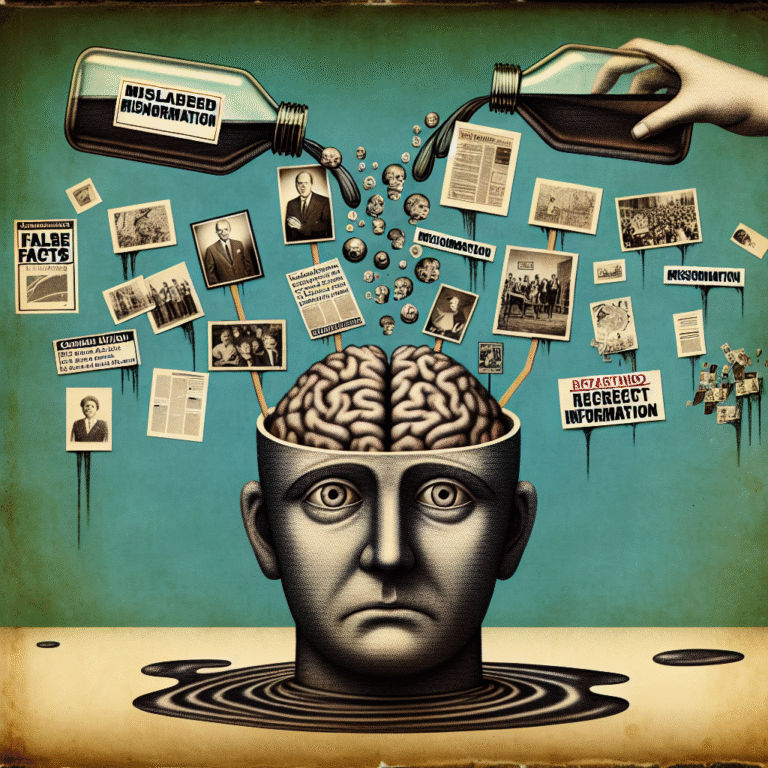
Introduction
Imagine living in a constant state of fear, feeling trapped in a situation where your safety, autonomy, and basic dignity are under siege. For countless individuals, this is the harsh reality of domestic violence. Despite increased awareness and resources, addressing domestic violence adequately remains a challenge. However, one crucial element stands out in effective interventions: assessment.
Empowering survivors: the role of assessment in domestic violence interventions is not just a theoretical concept; it is a practical methodology that catalyzes healing and fosters resilience. In this article, we’ll delve into how assessments can empower survivors and enhance the efficacy of intervention strategies.
Understanding Domestic Violence
Before we explore the specifics, it’s essential to grasp what domestic violence truly encompasses. It goes beyond physical violence. It includes emotional, psychological, and financial abuse, often leaving deep-seated scars that continue long after physical wounds have healed.
Key Statistics Highlighting the Importance of Assessment
- One in four women and one in nine men experience severe intimate partner physical violence.
- Nearly 20 people per minute are physically abused by an intimate partner.
- Victims are often left with long-term trauma, affecting their mental, emotional, and physical health.
These staggering statistics underscore the urgency for effective intervention strategies.
The Importance of Assessment in Domestic Violence Interventions
What is Assessment?
In the context of domestic violence, assessment refers to a systematic evaluation process designed to gather information about the survivor’s experiences, needs, and risk factors. It can include structured interviews, questionnaires, and observation methods.
Why is Assessment Essential?
Identifying Unique Needs: Each survivor comes with a unique set of experiences and challenges. A thorough assessment helps practitioners understand these individual needs, allowing them to tailor interventions effectively.
Risk Evaluation: Risk assessments can provide valuable insights into potential dangers, enabling timely and appropriate responses to ensure survivor safety.
- Resource Allocation: By understanding specific needs, service providers can allocate resources—be it emotional support, legal aid, or housing options—more effectively.
Empowering Survivors Through Assessment
Building Trust
When survivors feel heard and understood, it cultivates trust. An empathetic and professional assessment process encourages survivors to open up about their situations.
Case Study: Sarah’s Journey
Background: Sarah approached a local shelter after years of abuse. The initial assessment indicated high levels of anxiety and fear.
Approach: The shelter staff employed trauma-informed assessment techniques that made Sarah feel safe. Instead of rushing through the evaluation, they took their time, allowing her to express her feelings at her own pace.
Outcome: As a result, Sarah could articulate her fears concerning her children’s safety. This openness allowed the staff to prioritize family-centered interventions, creating a safer environment for Sarah and her children.
Skill Development
Effective assessments can also reveal areas where survivors may need support in developing life skills.
Case Study: David’s Transformation
Background: David had been financially dependent on his partner.
Assessment Role: Through a comprehensive evaluation, he expressed his desire to become financially independent but lacked the skills.
Outcome: The assessment led to tailored skills training programs, enabling David to regain control over his life and empowering him to leave a harmful relationship.
Psychological Support Framework
By recognizing the emotional and psychological aspects of domestic violence, assessments play a pivotal role in identifying mental health needs.
Case Study: Maria’s Healing Process
Background: After escaping her abusive partner, Maria faced severe PTSD.
Assessment Role: A nuanced psychological assessment revealed her struggle with anxiety and trust issues.
Outcome: Targeted therapy sessions helped Maria work through these issues, allowing her to reconnect with loved ones and regain her sense of self-worth.
Tools and Best Practices for Effective Assessment
Structured Assessment Tools
Utilizing structured assessment tools can enhance the reliability of the evaluation. Tools like the Danger Assessment Scale and the Trauma Symptom Inventory can provide valuable insights into the survivor’s situation.
Trauma-Informed Care
Adopting a trauma-informed approach fosters a safe environment for the survivor, which is paramount when conducting assessments.
Continuous Engagement
The assessment process should be ongoing, allowing for adjustments based on the survivor’s evolving needs.
Challenges and Limitations
While assessments have significant benefits, several challenges exist.
Misunderstandings and Stigma
Misconceptions about domestic violence can lead to bias in assessments, impacting outcomes. Educating assessors about these issues is essential.
Resource Limitations
Many agencies face resource constraints which can hinder the thoroughness of assessments, leading to potential gaps in understanding the survivor’s needs.
Conclusion
Empowering survivors: the role of assessment in domestic violence interventions cannot be overstated. Comprehensive assessments are pivotal in understanding a survivor’s unique experiences, needs, and fears. By taking a nuanced and empathetic approach, practitioners empower survivors to reclaim their lives, ensuring they receive the support and resources necessary for healing.
As we aspire to create a world devoid of domestic violence, let’s champion assessment as a vital tool in litigation, intervention, and recovery. Together, we can transform lives.
FAQs
1. What is the role of assessment in domestic violence interventions?
Assessment serves to identify the unique needs of survivors, evaluate risks, and allocate appropriate resources for recovery.
2. How can assessments empower survivors?
By building trust and understanding, assessments provide survivors with the tools and support they need to navigate their challenges.
3. Are there specific tools used in the assessment process?
Yes, structured tools like the Danger Assessment Scale and Trauma Symptom Inventory are often used for thorough evaluations.
4. How often should assessments be conducted?
Assessments should be ongoing, as survivors’ needs may evolve over time.
5. What are the main challenges in conducting assessments?
Challenges include misunderstandings about domestic violence, stigma, and resource limitations which can affect the assessment process.
Through informed assessment, we can not only intervene but also empower those affected by domestic violence, creating pathways for healing and resilience.

















